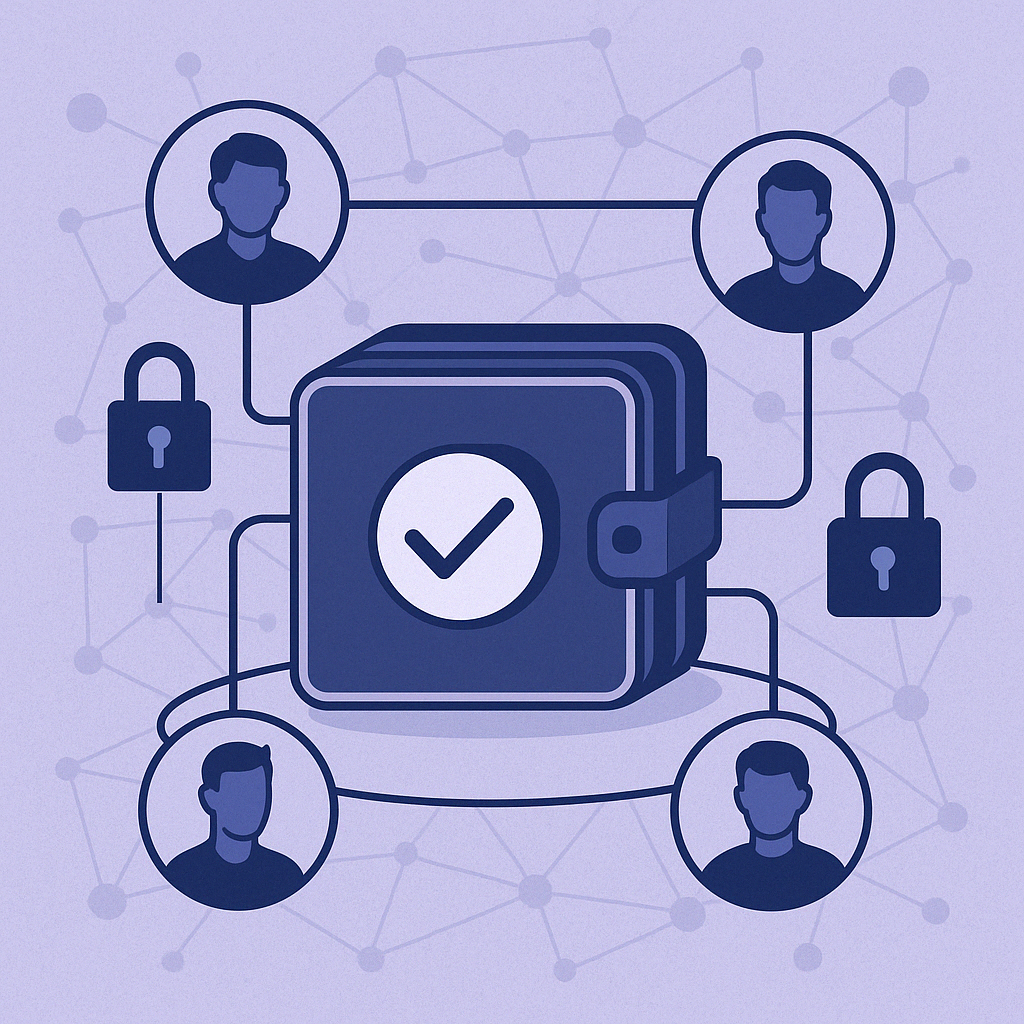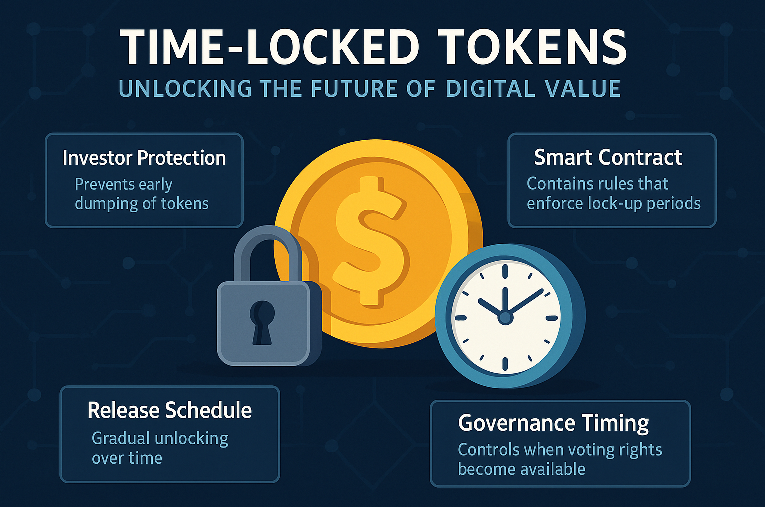The rise of Multi Sig Wallet solutions has ushered in a new era of digital asset protection, balancing security, control, and organizational governance in an increasingly decentralized financial world. While single-key wallets still dominate casual crypto usage, more sophisticated users, businesses, and DAOs are turning toward multi-signature technology to safeguard digital assets and create transparent, rule-based systems.
Understanding the Rise of Multi Sig Wallet: Improving Security and Governance
At its core, this type of wallet enhances security by requiring multiple approvals before a transaction can be executed. Think of it as a digital equivalent of a bank vault that needs two or more keys to open. Instead of relying on a single person or device to authorize a transfer, these systems demand consent from multiple participants.
The basic structure involves a predefined number of participants (also known as signers), where a minimum threshold of them must agree before any funds move. This threshold system is often described as „M-of-N“ – for example, 2-of-3 or 3-of-5, where M is the required number of signatures and N is the total number of authorized users.
Why the Rise of Multi Sig Wallet Is Significant for Security
Cybersecurity threats in the crypto space have escalated over the years. Whether it’s high-profile exchange breaches or deceptive phishing schemes, malicious actors relentlessly take advantage of vulnerabilities in outdated security models. A conventional single-key wallet is only as secure as the device and owner’s behavior. If that private key is compromised, all assets are at risk.
Multi-signature structures offer an additional line of defense. An attacker must now compromise several devices or convince multiple users to act against the group’s interest. This distributed security model makes social engineering and phishing far less effective.
Another benefit is recovery. With multiple keys distributed among trusted parties, the risk of losing access is minimized. If one key is lost, remaining authorized users can still approve access or designate a recovery process.
The Governance Advantage: The Rise of Multi Sig Wallet for DAOs and Teams
For decentralized autonomous organizations (DAOs), startups, nonprofits, and family offices, governance is just as important as security. Decisions about moving funds or changing access permissions must often be transparent and accountable.
These wallets offer a practical framework for collective decision-making. For example, a DAO treasury can be managed using a 4-of-7 structure among core members, ensuring that no single actor can take unilateral action. Each transaction can be publicly verified, promoting trust within the community.
This governance model has found favor not only in DAOs but also in corporate treasury management. Legal firms, accounting practices, and even political organizations are exploring this approach to distribute financial power and prevent fraud.
The Rise of Multi Sig Wallet: Improving Security for Exchanges and Custodians
Cryptocurrency exchanges and custodians deal with massive volumes of digital assets daily. Security breaches have historically resulted in multi-million dollar losses. The most infamous example is the Mt. Gox hack, where a single point of failure led to catastrophic consequences.
Modern exchanges now employ multi-signature protocols to enhance operational safety. Withdrawal requests are approved only after multiple internal teams or executives provide authorization. This reduces the likelihood of insider theft and creates auditable trails of responsibility.
Furthermore, regulators are beginning to look favorably upon custodians that implement such multi-layered controls. It reflects a responsible approach to asset protection, reducing systemic risk in the broader financial ecosystem.
Challenges Behind The Systems
Despite their advantages, these solutions are not without challenges. Setting up a proper system can be technically complex, especially for non-technical users. Successful implementation depends on well-structured collaboration and transparent dialogue between all involved parties.
Key management remains a significant issue. Participants must safely store their private keys without sharing or misplacing them. In the event of a dispute or breakdown in trust, the group may face delays or legal hurdles in regaining control over the wallet.
Additionally, smart contract implementations of multi-signature systems – such as those used on Ethereum – may contain bugs or security flaws if not audited properly. Exploits in poorly designed contracts can negate all the intended protections.
Legal and Regulatory Perspectives: The Rise of Multi Sig Wallet in a Compliance Framework
One of the more subtle but important developments is the intersection of multi-signature tools with legal and compliance frameworks. As governments around the world begin to regulate digital assets more tightly, they expect institutional-grade safeguards.
In many jurisdictions, financial service providers are required to demonstrate segregation of duties and control mechanisms. Multi-signature technology aligns well with these expectations, as it inherently reduces the concentration of control.
Legal firms are also exploring these systems for handling client funds in escrow, inheritance planning, or multi-party agreements. In these contexts, digital signatures can be logged and timestamped, creating a chain of evidence for legal protection.
Technology Stack Powering the Rise of Multi Sig Wallet Solutions
The underlying cryptographic principles involve threshold signature schemes (TSS) and multi-party computation (MPC). Such cryptographic mechanisms enable a group of authorized users to collaboratively generate a valid signature, all while keeping their private keys confidential.
Popular implementations include:
- Bitcoin-native P2SH (Pay to Script Hash) wallets supporting M-of-N rules.
- Ethereum’s Gnosis Safe, a smart-contract-based solution with an intuitive interface.
- Casa and Unchained Capital, which provide premium custodial and semi-custodial services using multi-signature frameworks.
These tools are constantly evolving, with some even integrating biometric verification or integrating with hardware wallets for additional security layers.
The Rise of Multi Sig Wallet in Everyday Use Cases
Outside of institutions and DAOs, everyday users are beginning to adopt multi-signature setups for personal and family purposes. This includes:
- Joint accounts for couples or business partners, ensuring both parties must agree before spending.
- Parental controls, where children can access funds only with approval.
- Digital inheritance planning, where keys are distributed to heirs and trusted attorneys.
This democratization of advanced security was once limited to large firms but is now available to anyone with a smartphone and some basic knowledge.
Enabling New Business Models
Beyond security, this approach is empowering new organizational structures. Multi-party wallets allow the formation of trustless partnerships, where capital can be pooled and managed according to pre-agreed rules.
Crowdfunding platforms, grant programs, and charitable organizations are now experimenting with these technologies. Funds can be unlocked only when certain milestones are met or when a quorum of donors agrees.
This adds legitimacy to projects and encourages broader participation from global contributors who might otherwise be wary of fraud or misuse.
Future Outlook To Standard Practice
In the coming years, we can expect these tools to become as standard as password managers or two-factor authentication. With greater education, better UX, and enhanced mobile integration, more users will adopt secure custody practices.
We may also see policy innovation, such as government-endorsed digital identity systems integrating with multi-party signatures to enable secure voting, licensing, or benefit disbursements.
Institutional investors, fintech apps, and Web3 platforms will likely integrate these solutions as default, creating a future where no critical financial operation depends on just one person’s device or decision.
Final Thoughts: Embracing the Rise of Multi Sig Wallet Culture
Digital asset markets remain in an early stage of development, constantly adapting to new technologies and threats. Security, transparency, and governance are not luxuries — they are necessities. The growing adoption of multi-signature technologies reflects a broader shift toward responsible digital finance.
As more people realize the risks of single points of failure, and as regulations become more defined, the rise of this technology will play a pivotal role in building trust. Whether you’re safeguarding millions in institutional funds or just protecting a family savings plan, embracing distributed control is a smart move.




















